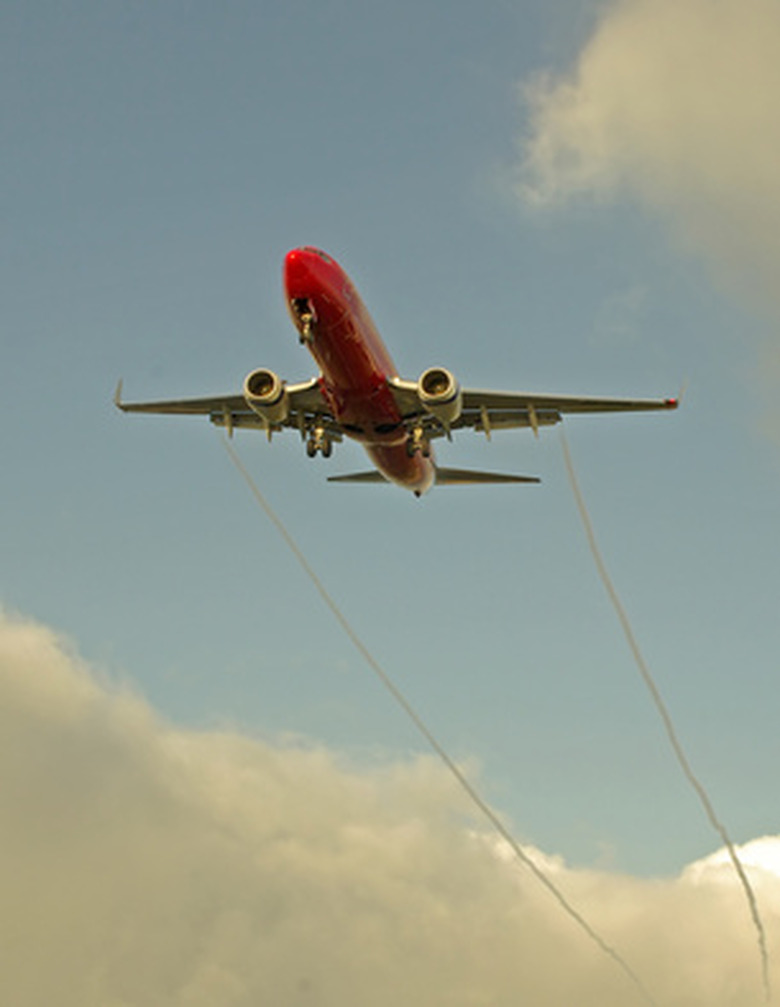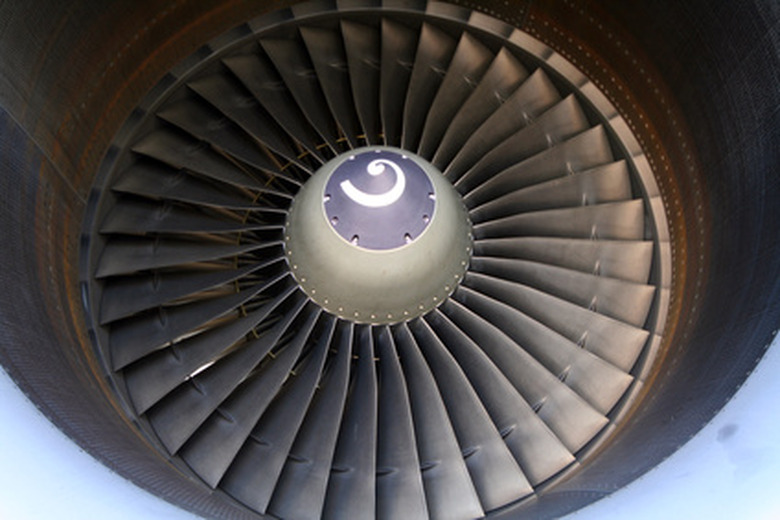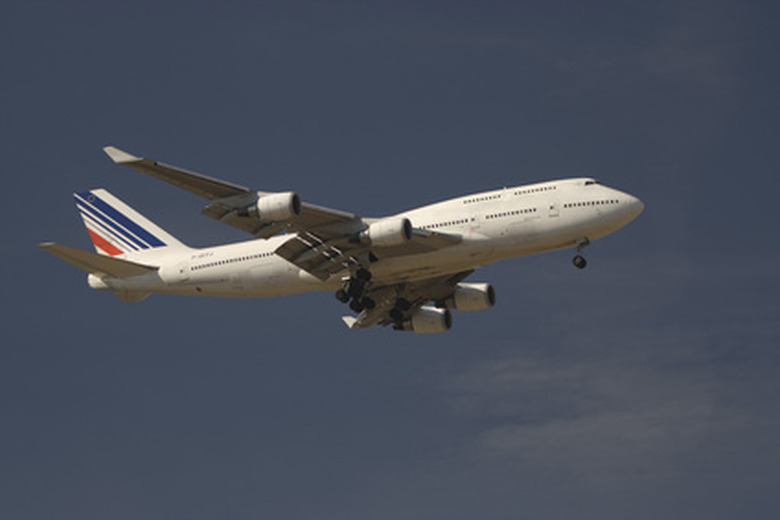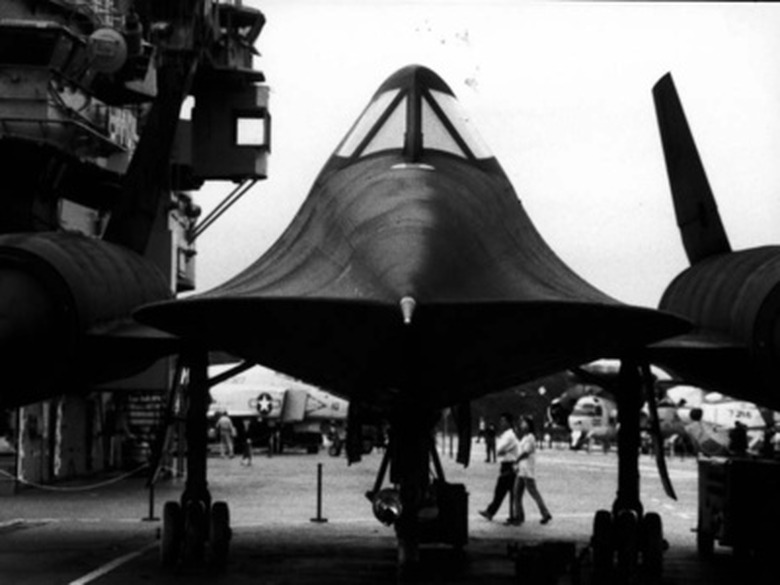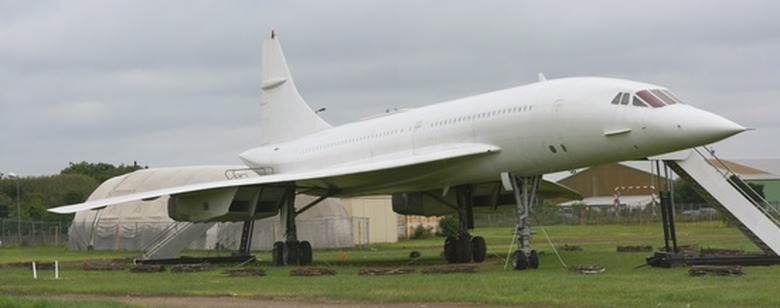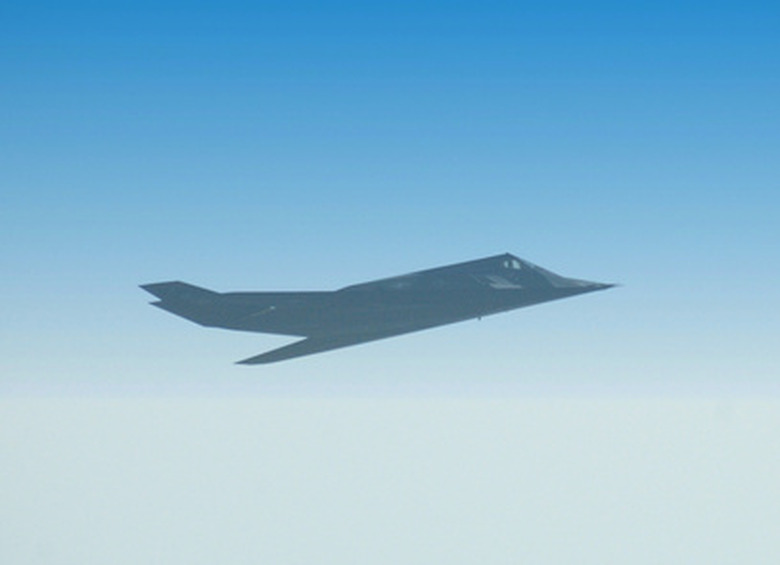Jet Airplane Facts
The concept of the jet airplane has been around since about 1910, and the first manned flight of a jet airplane took place in Germany in 1939. Jet airplanes came into commercial use in the 1950s. Engineering and technological advances have allowed jet aircraft to fly many times faster than sound, with unmanned "scramjets" flying near Mach 10.
History
History
The modern jet engine was developed simultaneously in Britain by Frank Whittle and in Germany by Hans von Ohain. The first manned flight of a jet airplane took place in Germany in 1939. Germany employed a jet fighter toward the end of World War II, the Messerschmidt 262, but the effort came too late to do much to turn the tide of the war for Germany. The U.S. military began developing jet aircraft during World War II with engines based on Whittle's designs. Technology increased rapidly after the war with access to German technology. Major Western manufacturers of jet engines include General Electric, Pratt and Whitney and Rolls-Royce.
Commercial Jets
Commercial Jets
Britain produced the first commercial airliner, the de Havilland Comet, in 1949. It was redesigned in four major revisions. A major design flaw, metal fatigue, caused two catastrophic crashes in 1954, and the plane was completely redesigned to eliminate the problems. The United States produced the Boeing 707 in 1954, based in part on the design of the military bomber, the B-52. Douglas produced the jet airliner DC-8 shortly afterward. In 1963, Boeing produced the 727, to date the most widely-used and adapted commercial jetliner ever built. Boeing came out with the jumbo jet 747 in 1969.
Fastest Jet Airplanes
Fastest Jet Airplanes
The U.S. Air Force's SR-71 Blackbird is acknowledged as the world's fastest manned jet airplane. It flew at about Mach 3.5 (more than 2,000 mph). The X-15 flew over twice as fast, but was powered by a rocket engine, not a jet engine. NASA has flown an unmanned jet aircraft, the X-43A, at about 7,000 mph. The X-43A is powered by a scramjet that will not even operate below Mach 3–the craft has to have a boost supplied by a missile or rocket "stack" to get it up to a speed where the engine will start and operate. Modern jet fighters commonly fly in excess of 1,000 mph and up to about 1,600 mph.
SST
SST
Supersonic commercial aviation was a goal of both East and West during the Cold War era. Supersonic transports, or "SSTs," were designed to provide fast intercontinental transport for commercial passengers. Aerospatiale, a French/British consortium, produced the supersonic commercial jet airplane, known as Concorde. It first flew in 1969 and entered commercial service in 1976. The Soviet Union produced an SST, the Tupolev TU-144, that was faster than the Concorde and made its maiden flight a few months before Concorde. A spectacular crash at a Paris air show in 1973 and limited commercial demand for supersonic flight within the Soviet Union limited the service of the Tupolev TU-144 to about 100 flights.
Future
Future
SSTs are out of service as of 2010 because of noise concerns and economic unfeasability. While the race for higher speed continues with unmanned scramjets, military fighters are now being designed for stealth and payload, not top speed. Commercial airliners are reaching payloads of more than 500 passengers and are being designed for fuel efficiency, passenger comfort and maximum range.
Cite This Article
MLA
Contributor, . "Jet Airplane Facts" sciencing.com, https://www.sciencing.com/jet-airplane-6386077/. 24 April 2017.
APA
Contributor, . (2017, April 24). Jet Airplane Facts. sciencing.com. Retrieved from https://www.sciencing.com/jet-airplane-6386077/
Chicago
Contributor, . Jet Airplane Facts last modified March 24, 2022. https://www.sciencing.com/jet-airplane-6386077/
